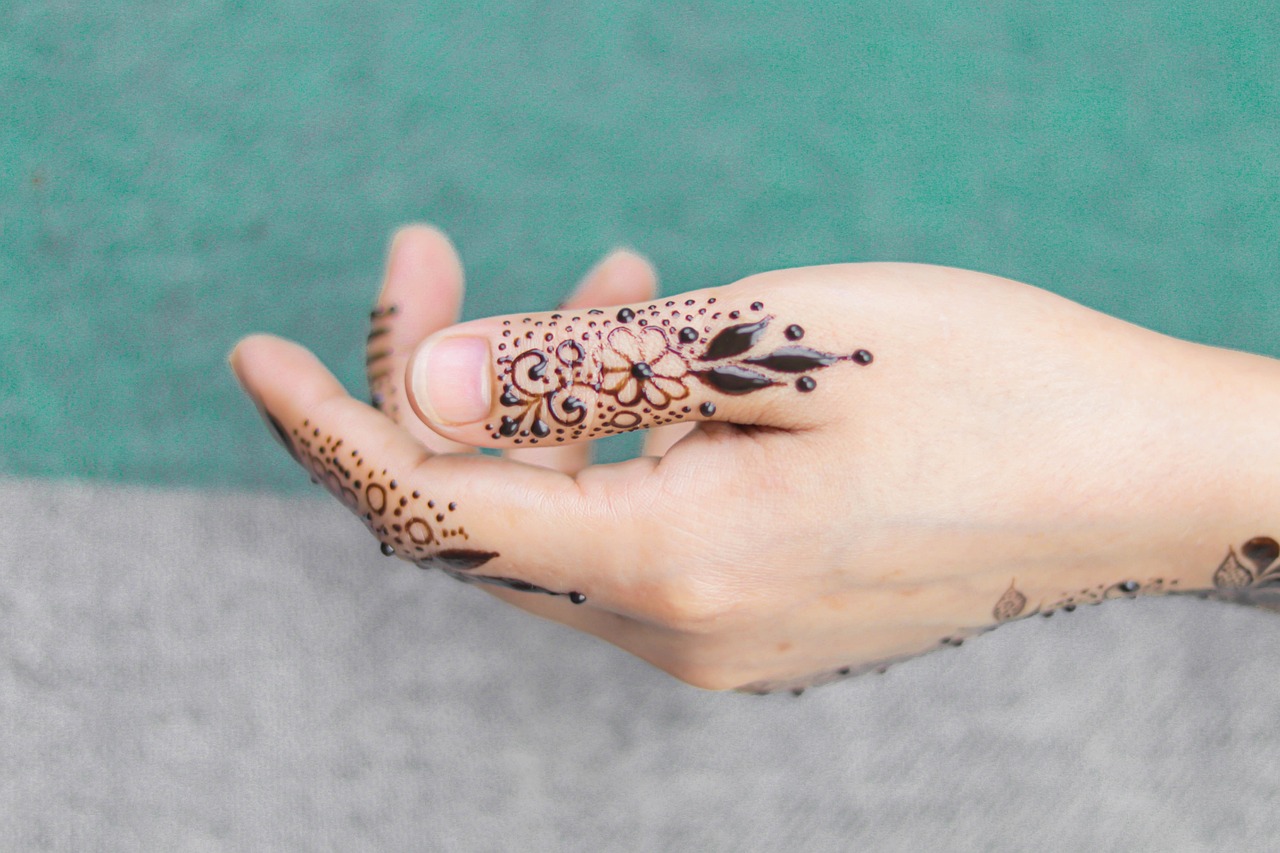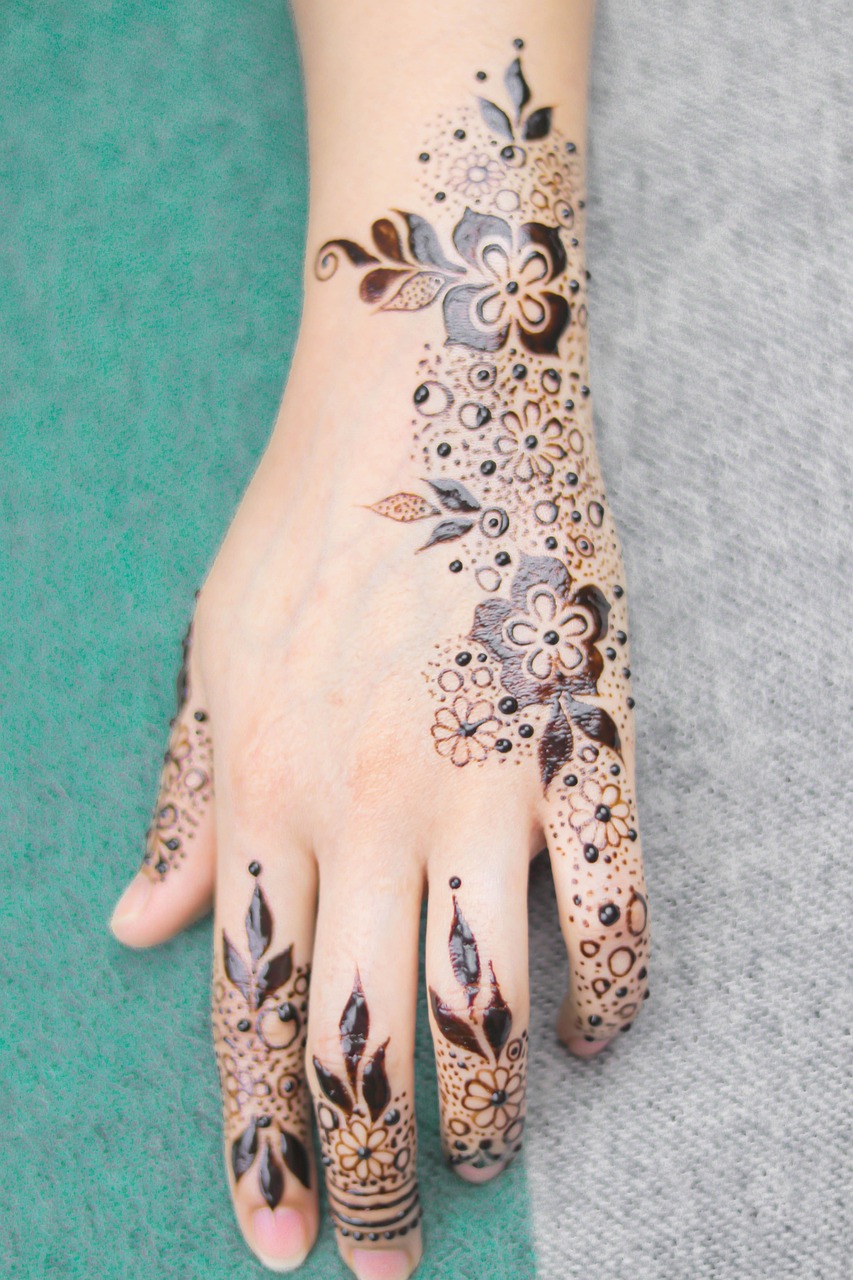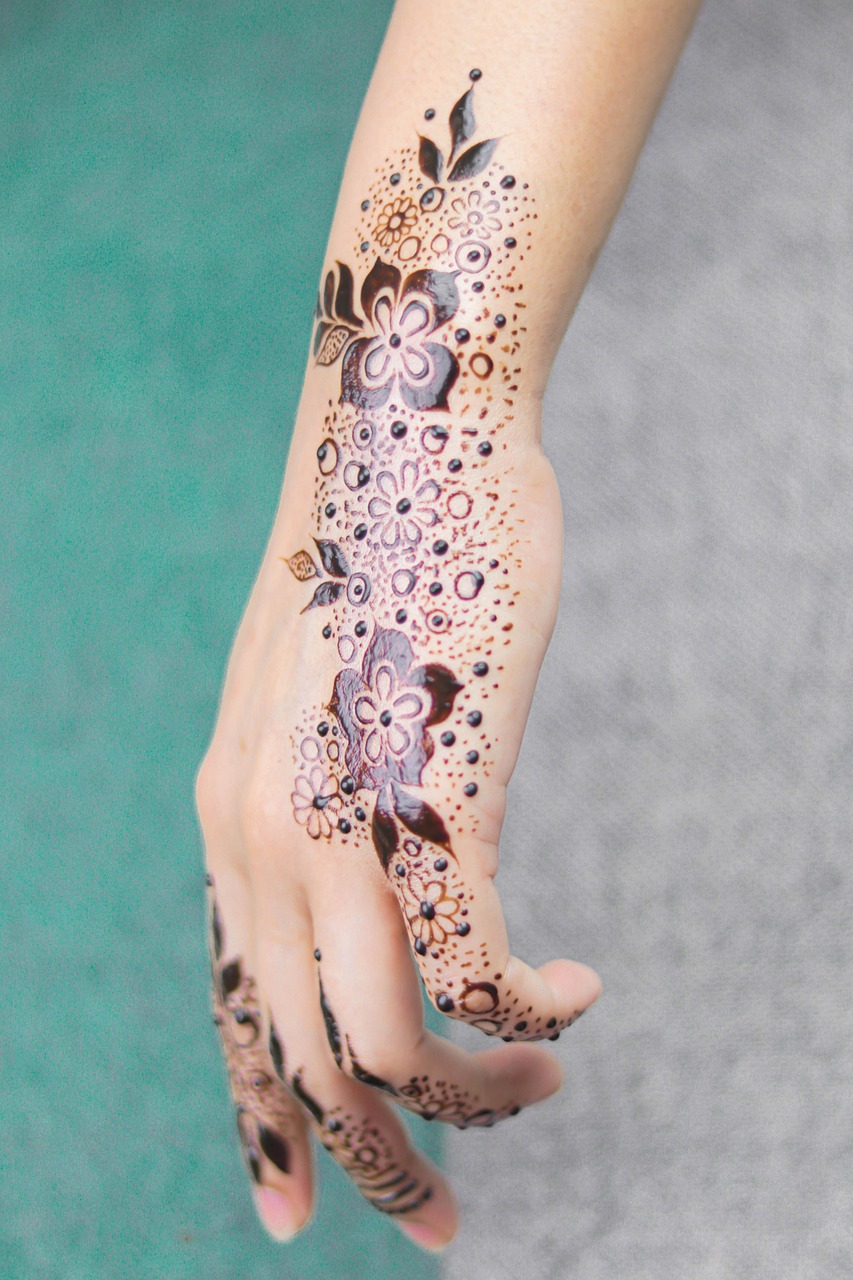Elegant Mehndi Design Arabic Front Hand: A Complete Guide
Mehndi designs have been an essential part of celebrations and traditions, especially in Arabic culture. Among these, mehndi design Arabic front hand styles are widely loved for their simplicity, elegance, and intricate artistry. Whether itâs for a wedding, festival, or casual gathering, these front-hand designs hold timeless appeal. In this blog, weâll explore key insights about Arabic mehndi designs, their unique patterns, and crucial tips to make your mehndi experience memorable.
Understanding the Elegance of “Mehndi Design Arabic Front Hand”
Arabic mehndi designs for the front hand often feature flowing, floral patterns that focus on minimalistic beauty. The designs typically stretch from the fingertips to the wrist without completely covering the skin, creating a perfect balance of art and space. This style highlights both tradition and modernity, making it a favorite among women of all age groups.
What makes Arabic mehndi different from other styles?
Arabic mehndi designs are distinct due to their bold, free-flowing patterns that rarely fill the entire hand. Compared to Indian or Rajasthani styles, they focus on creating negative spaces, which add elegance and simplicity to the design. Common motifs include vines, flowers, and semi-circular patterns, often used in cascading patterns for the front hand.
Fun Fact: The Rise of Minimalistic Mehndi
According to a study quoted by the DesiBlitz, minimalistic mehndi designs have grown in popularity as more women opt for quick and easy designs, especially for casual events and parties.
Popular Patterns in Front-Hand Arabic Mehndi Designs
The versatility of mehndi design Arabic front hand lies in the endless creativity of patterns and themes that can suit any occasion. Some popular patterns include floral vines along the fingers, geometric wrist bands, and swirling designs that give a contemporary edge to traditional art.
How long does it take to apply an Arabic front-hand design?
An average Arabic mehndi design for the front hand typically takes 20-40 minutes to apply, depending on the complexity of the pattern. Designs with thin, intricate lines might require more time and precision.
Example: Popular Wedding-Inspired Style
Brides often opt for front-hand mehndi designs that combine traditional floral motifs with contemporary designs like lace patterns and bracelet-style cuffs. These styles strike the perfect balance between tradition and modernity, aligning with todayâs fashion trends.
Tips for Long-Lasting Mehndi Design Arabic Front Hand
Whether youâre applying Arabic mehndi for a festival, wedding, or party, ensuring it stays vibrant and long-lasting is crucial. Here are some expert tips to ensure your mehndi design looks its best:
- Leave the design on for at least 6â8 hours before washing.
- Use lemon and sugar paste to keep the henna moist while it develops.
- Avoid washing hands with soap immediately after removing the dried henna.
What are the best aftercare tips for Arabic mehndi designs?
To preserve the vibrancy of your design, avoid exposure to water and lotions for the first 24 hours after application. Using natural oils like coconut or mustard oil can enhance the color to a rich dark brown.
Expert Tip from a Henna Artist
Famous mehndi artist The Henna Studio recommends layering designs carefully to maintain clarity. Overcrowding the design with too many elements can distract from its beauty and elegance.
Conclusion
Arabic front-hand mehndi designs masterfully blend sophistication and tradition, making them perfect for any occasion. Their sleek patterns, elegant spacing, and quick application time have made them a favorite worldwide. Whether you’re a bride-to-be, attending a cultural event, or simply want to adorn your hands with beautiful art, these designs never fail to leave a lasting impression.
Want to explore more about mehndi designs? Check out our curated list of trends and tutorials. Donât forget to share this post with your friends and inspire their next mehndi look!




